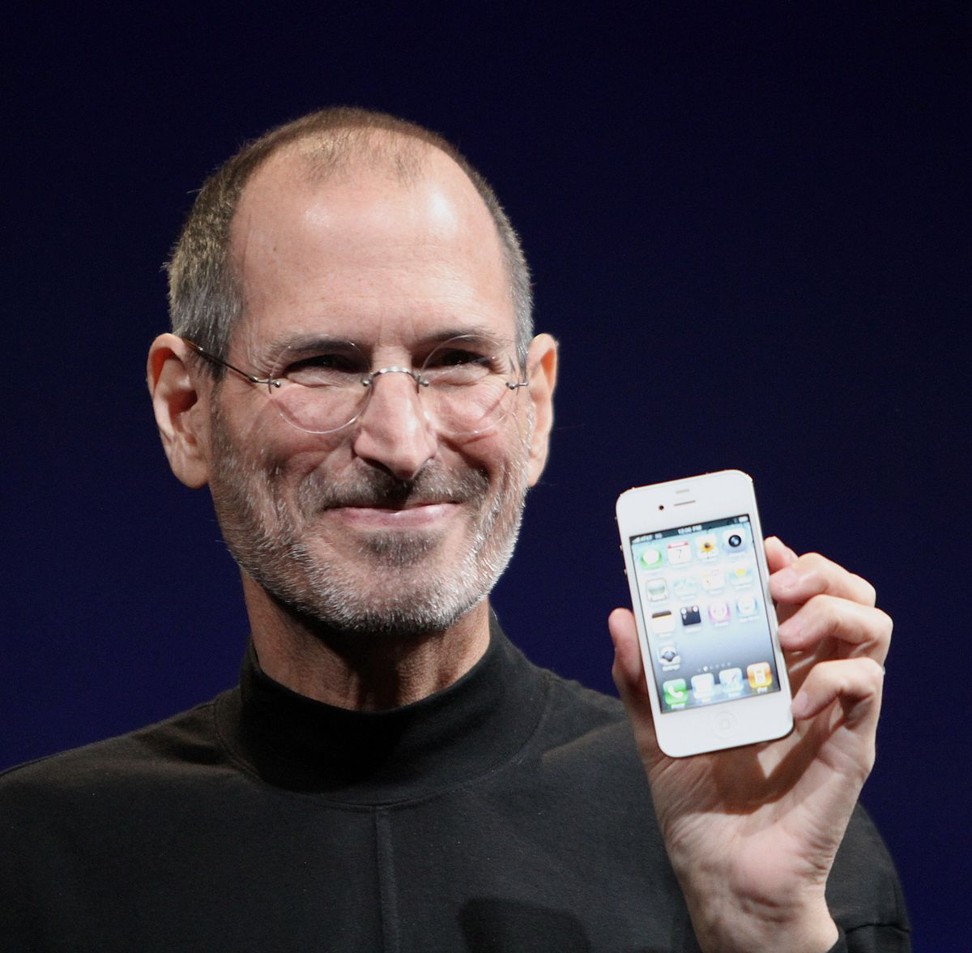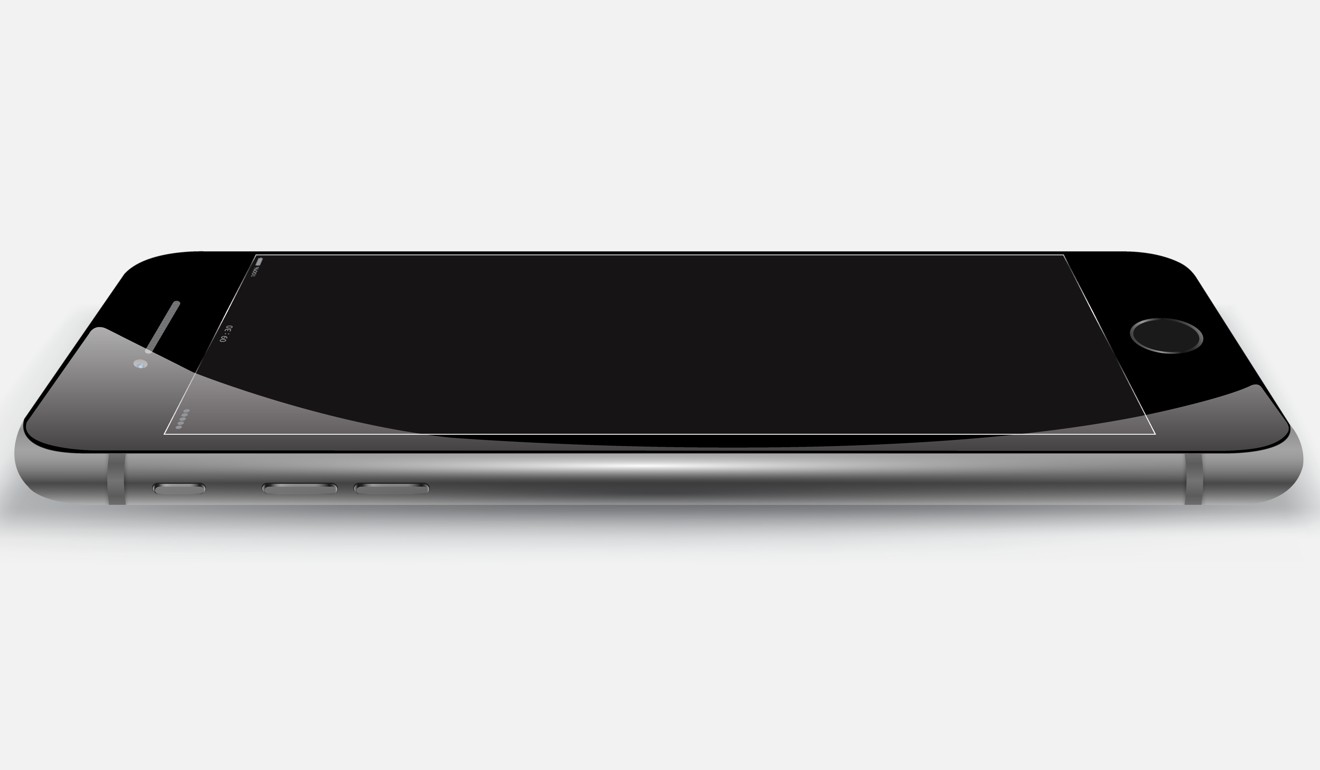
Book review: everything you need to know about the iPhone’s history, and quite a few things you don’t, in The One Device
Brian Merchant’s fast-paced, easily digestible read covers everything from office politics to software development and chemistry, delving deep into the iPhone’s origins and dismantling a few myths along the way

The One Device: The Secret History of the iPhone
by Brian Merchant
Little, Brown and Company
3.5 of 5 stars
“I got a call from Steve,” a former Apple interface designer tells technology writer Brian Merchant. “‘We’re gonna do a phone. There’s gonna be no buttons. Just a touchscreen.’ Which was big news.”

Merchant is an editor at Motherboard, the science and technology channel of Vice magazine, and this “big news” is the subject of The One Device: The Secret History of the iPhone.
“The iPhone isn’t just a tool,” Merchant writes, “it’s the foundational instrument of modern life.”
Despite such hyperbole, Merchant isn’t setting out to promote the product, but rather to marvel at a pocket-sized device capable of such services as video calls and simultaneous spoken translation between any two major languages. Until recently, this was the stuff of science fiction.
He tells two stories in parallel. One is of the almost accidental development of the iPhone and in particular of the constellation of geek stars who contributed to the device, their light previously lost in the glare of the late Steve Jobs’ public image. The other is the story of the device’s life cycle, from the mining of its materials to their return to the earth as e-waste.
“Let’s open the iPhone up, to discover its beginnings and evaluate its impact,” Merchant says, but goes on to do rather more. He provides pocket-sized histories of shatterproof glass, of popular photography, electronic music, apps that make farting noises, material on Apple Store employees’ productivity, and much else, all sprinkled with pointless facts. The amount of lithium used in iPhones is so tiny that Chile’s annual exports of the metal would be enough for 43 billion of them. More people work for Taiwanese iPhone assembler Foxconn than live in Estonia.

The camera wasn’t originally a priority, but Merchant can’t mention that without also talking about the history of selfies, about time spent in Paris with a professional iPhone-using photographer, and about the invention of image stabilisation.
[Jobs] was determined to exclude third-party apps, although sales of these now make the company US$40 billion annually
He arranges for an iPhone to be atomised for the purpose of analysis, and lists the quantities and costs of each constituent element discovered. Doing the same to his book would reveal a high proportion of kitchen sink.
Despite much globe-trotting – from Bolivian tin mines via the atom-smashing facility at CERN to a cruise ship off Papua New Guinea – and much musing on the phone’s global impact, Merchant makes this a story of American enterprise, told in slangy magazine-style techno-argot, addressing an American mindset.
But the book is never dull. Considerable effort has gone into researching the phone from every possible angle and turning material on subjects as varied as office politics, software development and chemistry into a fast-paced and easily digestible read.
Just as Merchant is able to arrange the successful assembly of a reanimated iPhone from parts purchased in a Shenzhen electronics market, so Apple’s obsession with PR control sees him assembling some narrative from second-hand quotes, particularly from top Apple executives such as designer Jony Ive and CEO Tim Cook.
Many of his facts are entertaining even when excessive. We learn in passing that even if Cook doesn’t respond to emails from journalists, he apparently reads them on a Windows machine.
Merchant successfully penetrates the high security at Foxconn’s iPhone-assembling operation in Shenzhen, but fails to make good use of that opportunity. He observes little more than while factories can be unpleasant, perhaps Foxconn wasn’t as unpleasant as expected.
“I feel confident I was able to capture a solid snapshot of the state of play at China’s electronics factories,” he writes of his research. But he loses his way in his account of China. Readers familiar with the overall state of manufacturing there, the miserable circumstances of migrant labour, and the government policies that bring this misery about, will beg to differ. And the “Chinese eBay” is Taobao, not Taogao.

It’s the iPhone that puts Foxconn in the headlines, not the sprawling abuses of Chinese manufacturing in general, and this headline-grabbing quality is the reason that this book is exclusively about the iPhone (rather than also about more common Android-driven handsets that offer similar functions and sometimes do so first).
Merchant does make clear that, rather than inventing many of the technologies employed in the iPhone, Apple found them elsewhere, then developed and combined them into one slick package.
He also dismantles the idea of what he calls the “Jobs-Edison myth of the lone inventor”, citing myriad contributors to the iPhone’s creation, and tarnishing Jobs’ reputation for infallibility.
For example, Jobs was unimpressed by the initial demonstration of multi-touch – one of the original model’s most striking features. He was also determined to exclude third-party apps, although sales of these now make the company US$40 billion annually, according to one estimate. They also propelled the phone to the stardom that has earned it this biography of its own.